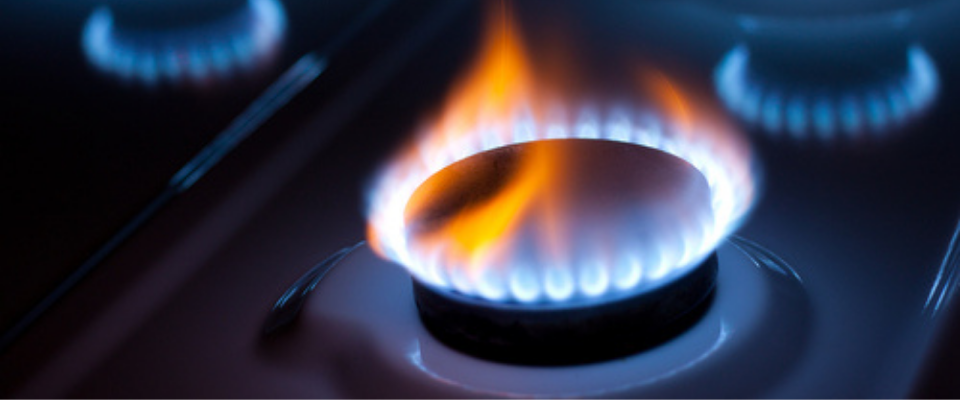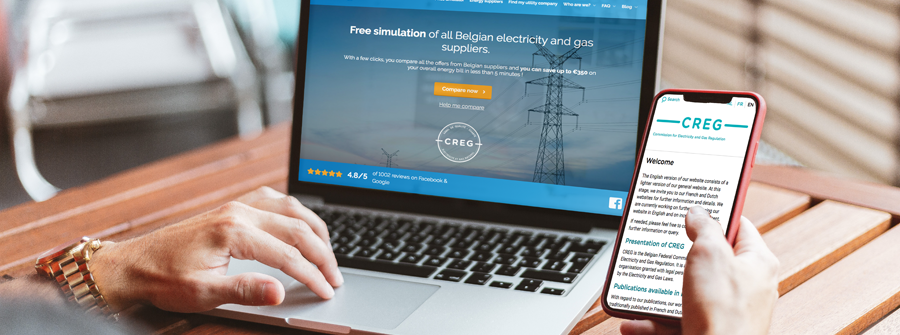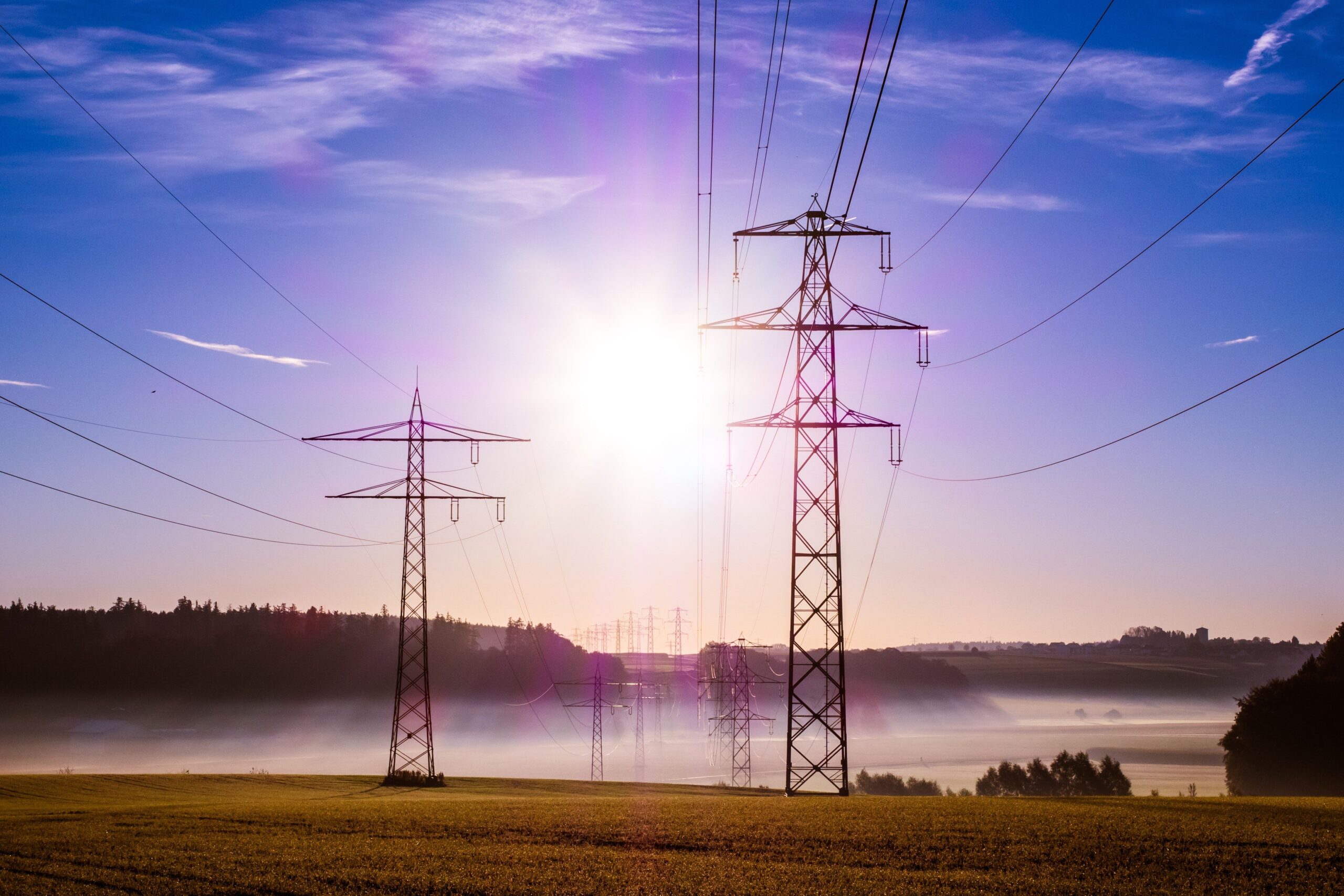
Is your gas connection compliant?
Many households are still unaware of this fact: non-standard gas valves are not permitted for connecting cooking appliances. Are you concerned? Are you liable in the event of an incident?
Gas connection compliance is an extremely important issue. The wrong installation can quickly turn out to be disastrous for your safety. Do your gas valves comply with the relevant standards? In this article, Energyprice.be reminds you of some essential rules concerning gas valves.
>> Read also: 6 rules to keep your gas boiler perfectly maintained
Why replace certain gas valves?
First of all, because your safety is at stake. Some valves are in fact unreliable. There is a risk, for example, that they could become loose. You would therefore be exposed to gas leaks or other serious incidents.
Be aware that there is a standard (the Belgian standard NBN D51-003) for the layout of piping and the installation of appliances, in particular heating and cooking appliances. It is this standard that governs the compliance of gas valves like the ones you have behind your stove.
Moreover, you are obliged to prove that your installation complies with this standard in order to be able to connect your appliance to the gas network and open the meter. To do this, you will need to submit a certificate of compliance, also known as an “article 48 certificate”, to your DSO.
What is meant by “standard and non-standard gas valve”?
In concrete terms, non-compliant valves are, for example, water valves with a red lever, which have been converted into gas valves.
If you have a rubber gas hose at home to connect your gas stove, please remember:
- since September 2012, these gas hoses must be replaced by compliant valves;
- If, however, these hoses clearly have an expiry date and this date has not yet been exceeded, you must wait before replacing them. After this date, you should consider installing a compliant valve.
And what are these compliant valves? You are all right if you have a brass or a yellow lever at home. These have an ARGB label or a stamp.
Where does your responsibility begin?
As the owner or occupant, you are responsible for your gas installations from the meter outlet.
For your safety, it is therefore up to you to make sure your internal installation is in compliance. Otherwise, in the event of an accident, your insurance could fall through. Also, do not hesitate to call a certified gas professional (plumber, heating engineer) or even an inspection body such as E-control, for example. They will check the quality of your gas installation to ensure your safety and that of your family.
Conclusion
Take the time to check that the gas connections of your installations (boiler and stove) are fully compliant. This is an essential precaution for your safety. There are many experts available to carry out this process, so don’t hesitate to call on them.
Want to discover other guides on your energy installations (boiler, meter, etc.) or receive advice on how to reduce your energy bill? Subscribe to our monthly newsletter and get lots of great deals!
Do you own a business with an energy consumption of more than 100,000 kWh?
Is your business paying too much for energy? Whether you run a small business or a large company, energy costs can eat into your profits. By comparing energy providers, you could lower your rates and save thousands each year.
Also read on our blog

In recent months, Energyprice.be has noticed that the price of energy for night rate only meters has risen. Find out the reasons f…

Are you paying too much for your energy bill? Find a new, cheaper contract with our comparison tool Energyprice and Creg Scan

In Belgium, the price of electricity is a recurrent topic of discussion in the field of energy. So in your opinion, how has it cha…

Of all the many commitments made by the Belgian energy pact in 2018, the phasing-out of nuclear power by 2025 is no doubt the meas…